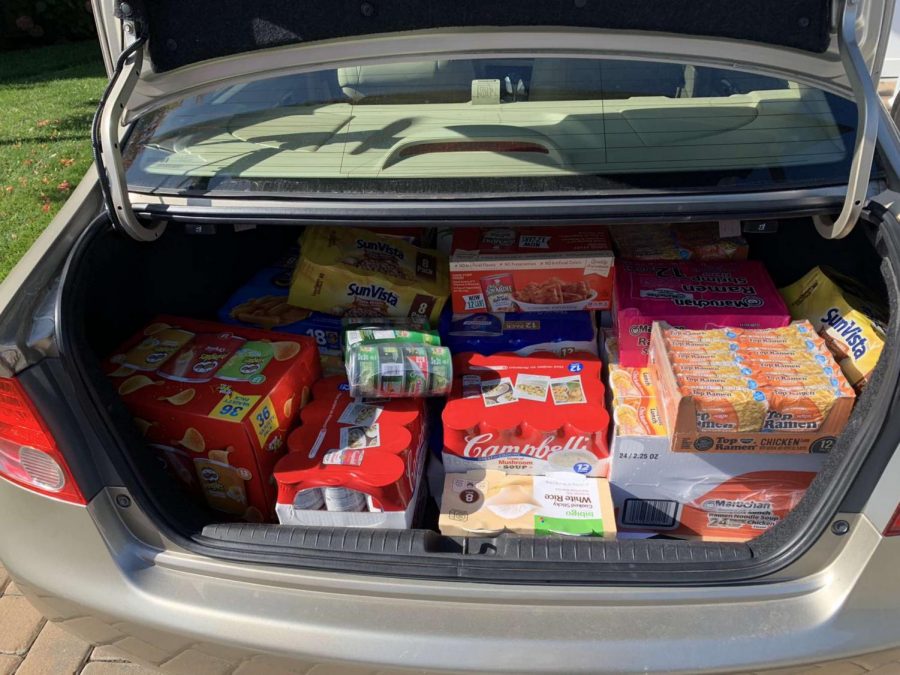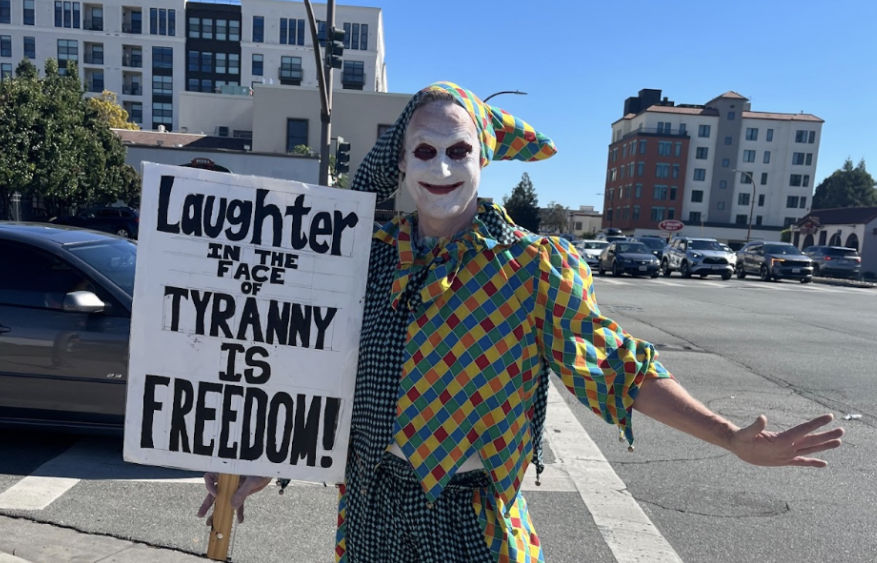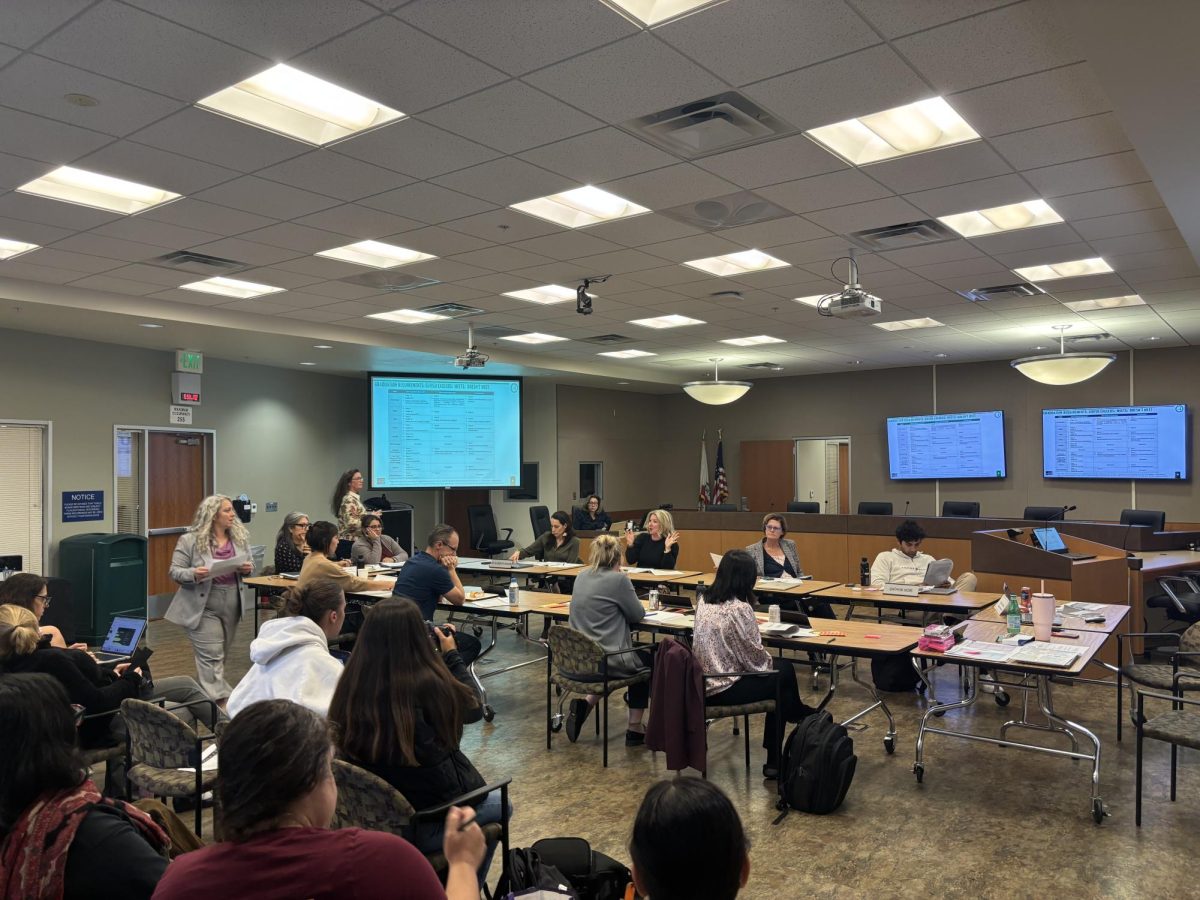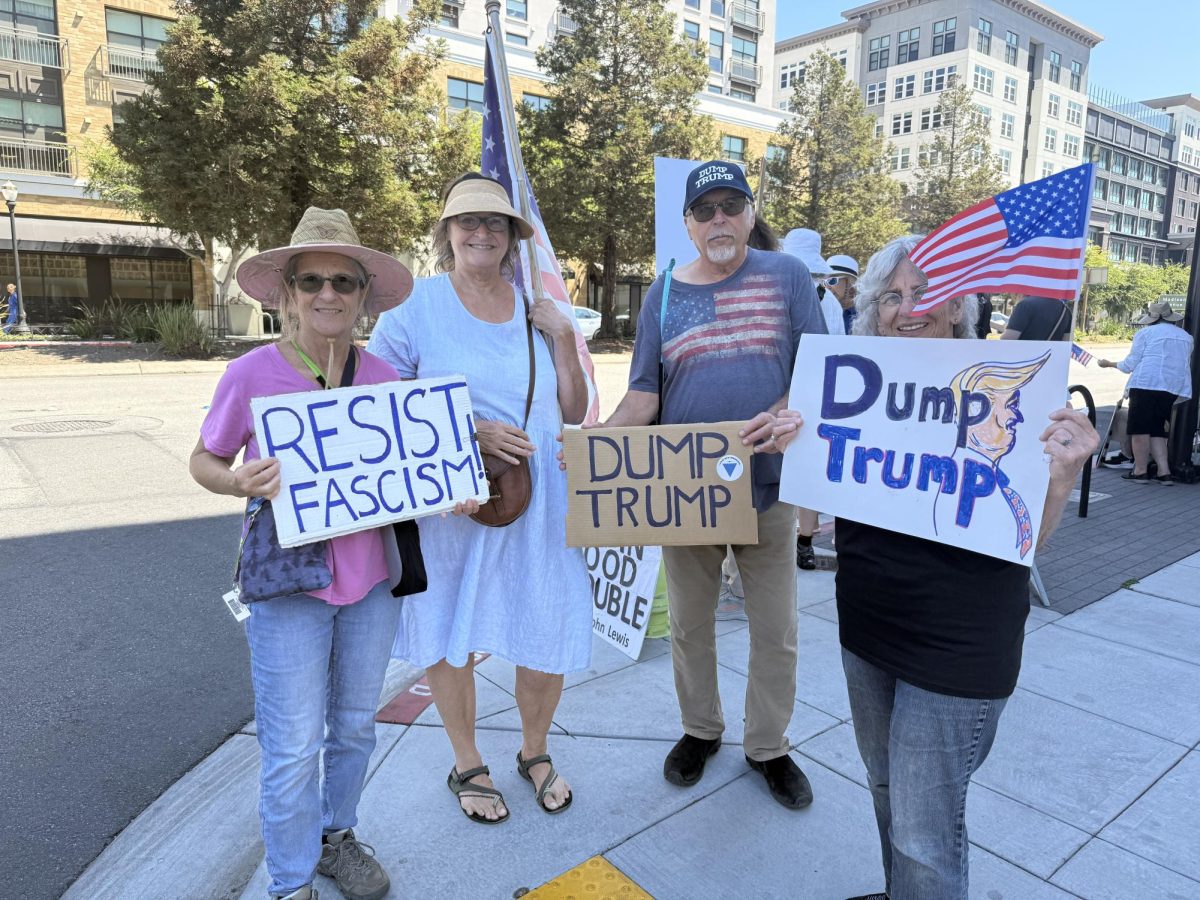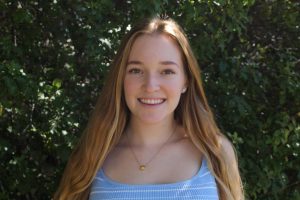In honor of the holiday season, Woodside practiced giving back through the food, blood, and candy drives, with many students and faculty members participating.
The annual food drive, run by Woodside leadership, awards prizes to the top three fifth period classes who come up with the most canned goods donations. This year, Stephanie Finander’s fifth period Advanced Placement Calculus BC class and Joseph Ezrati’s fifth period Advanced Placement Biology class squared up to win an extra pie and pizza party.
“I donated to the canned food drive because there was an incentive,” Kelsey Kloezeman, a Woodside senior in Finander’s class, explained. “My class and Mr. Ezrati’s fifth periods were having a competition to see whoever donated the most. They got pie and pizza on top of the winning prize of In-N-Out. My friend [and I] really wanted to win, so we went around and collected cans from neighbors, and we went to the stores… probably the two of us combined got over 200 cans. It was really good.”
Woodside senior Ivria Crane from Ezrati’s class also pitched in to work towards the winning prize.
“I was in Mr. Ezrati’s class, so the competition with Ms. Finander’s class is kind of what motivated me because I knew we would get a good prize if we got cans,” Crane stated. “I went to the store, got about 50 cans, and tried to help my class win.”
Biology teacher Brooke Darmanin is known for her participation in the extended class competition, but she was unable to compete this year due to her absence of a fifth period class.
“I was disappointed because I like doing [the food drive],” Darmanin said. “I think it builds a sense of community in a classroom. I know that some of my students take it a little more serious than others, and different demographics of classes have different levels of success, so it depends on what class I have that period.”
Darmanin noted how socioeconomic status can contribute to unfair advantages among classes. Last year, Darmanin’s fifth period class won the food drive due to her teacher assitant using their parent’s money to purchase cans for the drive.
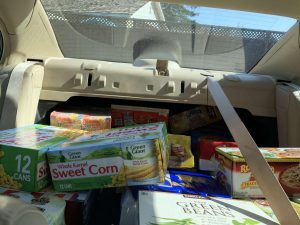
According to dosomething.org, The term “food insecurity” means that a person doesn’t know where or when they’ll find their next meal. In 2013, 49.1 million Americans lived in food insecure households.
“I recognize the inequality in having something like a food drive, where donations are tied to prizes where not everyone can contribute equally,” Darmanin said. “I think if we can take a classroom that is really heterogenous, where there is a lot of different people from different friend groups and walks of life and backgrounds and get them working towards the same cause, it helps people to get to know each other and build comradery [with] a positive reward… It’s a nice fun way of community building.”
Another drive that happened following Halloween this year was the candy drive. Staff and students donated their extra candy to the drive to send to the United Troops Armed Forces. Leadership students said the turnout was similar to the couple pounds of candy they received last year.
Many students also participated in the blood drive, which was hosted in Woodside’s old gym by The American Red Cross.
“My experience donating blood at the blood drive was good,” senior Lily Mein stated. “I had to wait a while, but I felt good because I was doing it for a good purpose.”
One of the possible side effects when donating blood is lightheadedness and possible fainting. Mein mentioned that she did experience some of these side effects, along with feeling very cold, after donating.
“I would do it again,” Mein remarked. “I just didn’t like the feeling afterward. But I think it’s a very good cause.”
Students had two donation options: regular (one pint of blood is drawn) or the Super Red (two units of red blood cells are removed).
“I did the regular one this time, and I felt completely normal,” Kloezeman said. “I wasn’t lightheaded; I immediately got up, and I was fine. I feel like I can do more than just one, because if I was fine with one pint, then why not just do the Power Red? Next time they have a blood drive, I would do that one.”
Students who participated in the blood drive also appreciated their post-donation email, which gave detailed information about their blood type and where their blood would be used.
“I got an email back telling me my blood type and saying where my blood went, which I thought was cool,” Mein said. “I liked to know that it was being used for a good purpose.”


